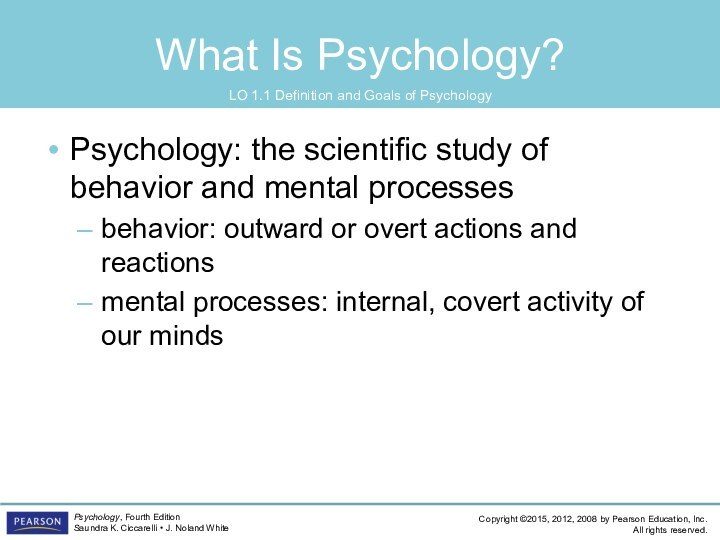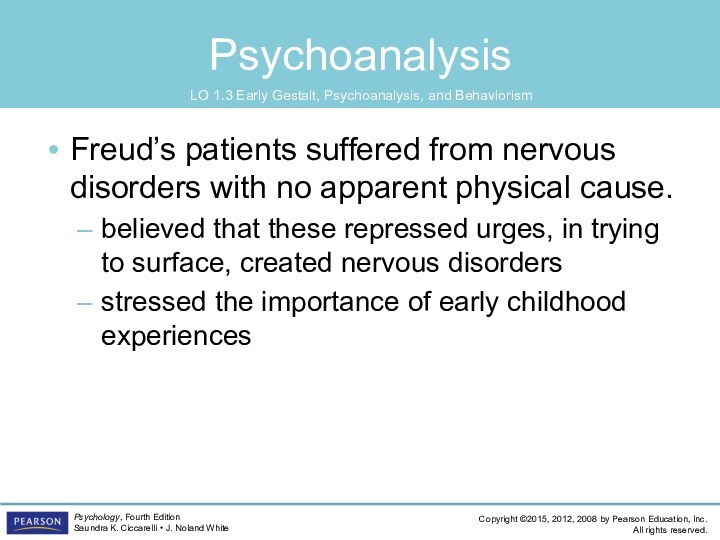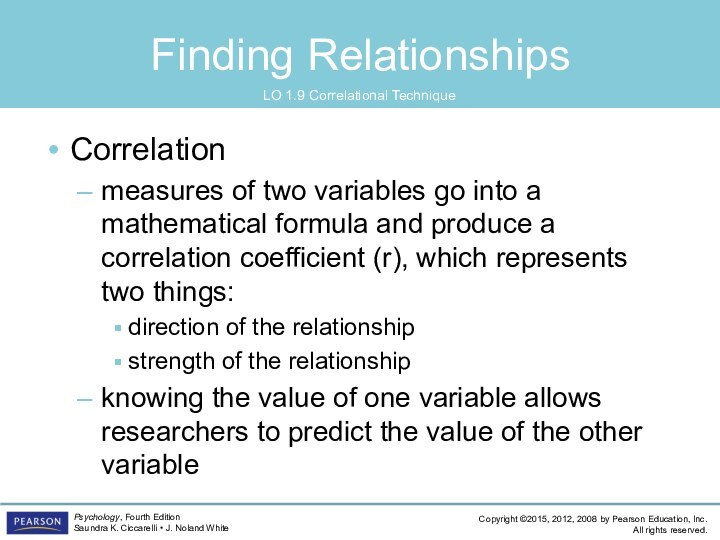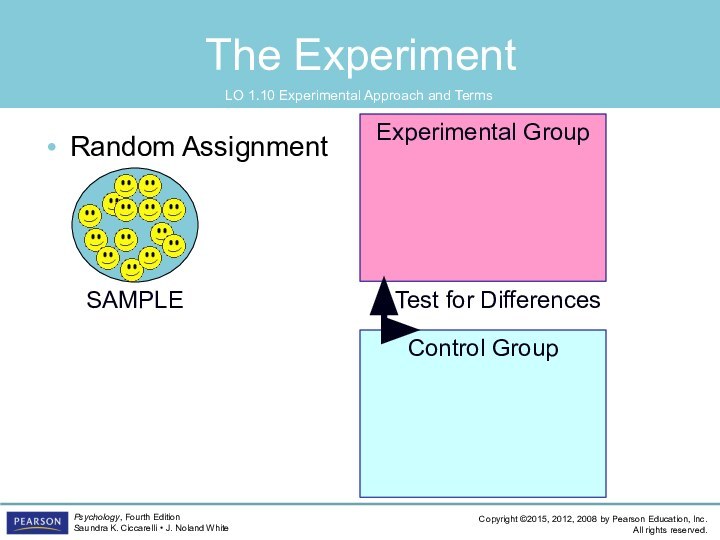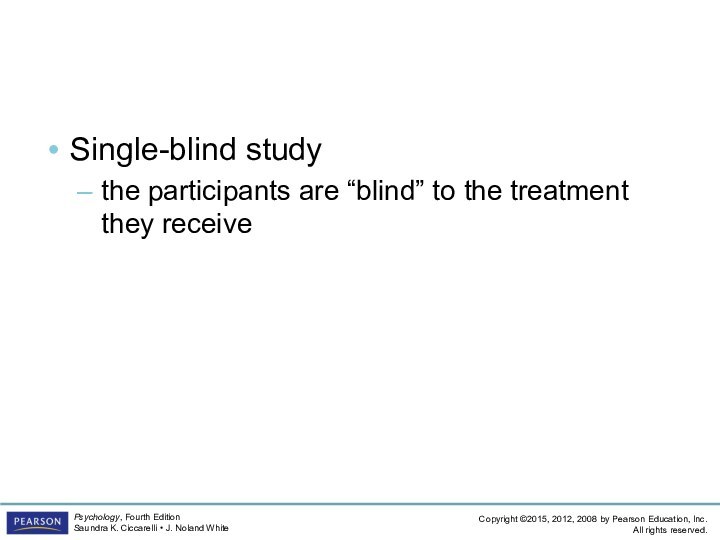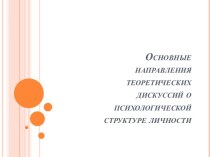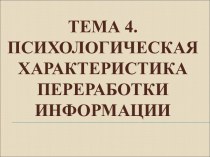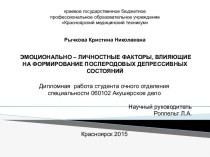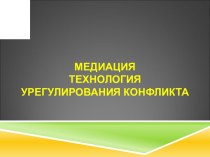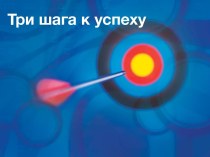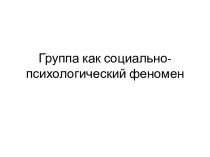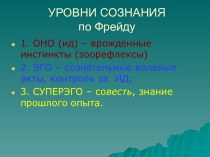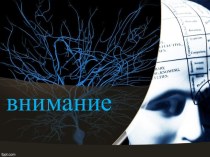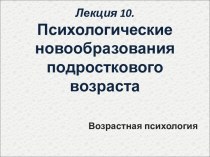Слайд 2
Learning Objectives
1.1 What defines psychology as a field of

study, and what are psychology’s four primary goals?
1.2 How did
structuralism and functionalism differ, and who were the important people in those early fields?
1.3 What were the basic ideas and who were the important people behind the early approaches known as Gestalt, psychoanalysis, and behaviorism?
1.4 What are the basic ideas behind the seven modern perspectives, and what were the important contributions of Skinner, Maslow, and Rogers?
1.5 How does a psychologist differ from a psychiatrist, and what are the other types of professionals who work in the various areas of psychology?
1.6 Why is psychology considered a science, and what are the steps in using the scientific method?
1.7 How are naturalistic and laboratory settings used to describe behavior, and what are some of the advantages and disadvantages associated with these settings?
1.8 How are case studies and surveys used to describe behavior, and what are some drawbacks to each of these methods?
1.9 What is the correlational technique, and what does it tell researchers about relationships?
1.10 How are operational definitions, independent and dependent variables, experimental and control groups, and random assignment used in designing an experiment?
1.11 How do the placebo and experimenter effects cause problems in an experiment, and how can single-blind and double-blind studies control for these effects?
1.12 What are some basic elements of a real-world experiment?
1.13 What are some ethical concerns that can occur when conducting research with people and animals?
1.14 What are the basic principles of critical thinking, and how can critical thinking be useful in everyday life?
Слайд 3
What Is Psychology?
Psychology: the scientific study of behavior
and mental processes
behavior: outward or overt actions and reactions
mental
processes: internal, covert activity of our minds
LO 1.1 Definition and Goals of Psychology
Слайд 4
Psychology is a Science
Prevent possible biases from leading
to faulty observations
Precise and careful measurement
LO 1.1 Definition and
Goals of Psychology
Слайд 5
Psychology’s Four Goals
Description
What is happening?
Explanation
Why is it happening?
theory:
general explanation of a set of observations or facts
LO
1.1 Definition and Goals of Psychology
Слайд 6
Psychology’s Four Goals
Prediction
Will it happen again?
Control
How can it
be changed?
LO 1.1 Definition and Goals of Psychology
Слайд 7
Structuralism
Structuralism
focused on the structure or basic elements of
the mind
LO 1.2 Structuralism and Functionalism
Слайд 8
Structuralism
Wilhelm Wundt’s psychology laboratory
Germany in 1879
developed the technique
of objective introspection: the process of objectively examining and
measuring one’s thoughts and mental activities
LO 1.2 Structuralism and Functionalism
Слайд 9
Structuralism
Edward Titchener
Wundt’s student; brought structuralism to America
Margaret Washburn
Titchener’s
student; first woman to earn a Ph.D. in psychology
Structuralism
died out in the early 1900s.
LO 1.2 Structuralism and Functionalism
Слайд 10
Functionalism
Functionalism
how the mind allows people to adapt, live,
work, and play
Proposed by William James
Influenced the modern fields
of:
educational psychology
evolutionary psychology
industrial/organizational psychology
LO 1.2 Structuralism and Functionalism
Слайд 11
Functionalism
Functionalism
Mary Whiton Calkins; denied Ph.D. because she was
a woman
African Americans and early psychology
LO 1.2 Structuralism and
Functionalism
Слайд 12
Gestalt Psychology
Gestalt
“good figure” psychology
Started with Wertheimer, who studied
sensation and perception
Gestalt ideas now part of the study
of cognitive psychology
cognitive psychology: field focusing not only on perception but also on learning, memory, thought processes, and problem solving
LO 1.3 Early Gestalt, Psychoanalysis, and Behaviorism
Слайд 13
Figure 1.1 A Gestalt Perception
The eye tends to
“fill in” the blanks hereand sees both of these
figures as circles rather than as a series of dots or a broken line.
Слайд 14
Psychoanalysis
Psychoanalysis: theory and therapy based on the work
of Sigmund Freud
Freud’s patients suffered from nervous disorders with
no apparent physical cause.
Freud proposed the existence of an unconscious (unaware) mind into which we push—or repress—our threatening urges and desires
LO 1.3 Early Gestalt, Psychoanalysis, and Behaviorism
Слайд 15
Psychoanalysis
Freud’s patients suffered from nervous disorders with no
apparent physical cause.
believed that these repressed urges, in trying
to surface, created nervous disorders
stressed the importance of early childhood experiences
LO 1.3 Early Gestalt, Psychoanalysis, and Behaviorism
Слайд 16
Behaviorism
Behaviorism
science of behavior that focuses on observable behavior
only
must be directly seen and measured
LO 1.3 Early Gestalt,
Psychoanalysis, and Behaviorism
Слайд 17
Behaviorism
Proposed by John B. Watson
based on the work
of Ivan Pavlov, who demonstrated that a reflex could
be conditioned (learned)
Watson believed that phobias were learned
case of “Little Albert”: baby taught to fear a white rat
LO 1.3 Early Gestalt, Psychoanalysis, and Behaviorism
Слайд 18
Behaviorism
Mary Cover Jones: an early pioneer in behavior
therapy
LO 1.3 Early Gestalt, Psychoanalysis, and Behaviorism
Слайд 19
Modern Perspectives
Psychodynamic perspective: modern version of psychoanalysis
more focused
on the development of a sense of self and
the discovery of motivations behind a person’s behavior other than sexual motivations
LO 1.4 Modern Perspectives: Skinner, Maslow, and Rogers
Слайд 20
Modern Perspectives
Behavioral perspective
B. F. Skinner studied operant conditioning
of voluntary behavior
Behaviorism became a major force in the
twentieth century
Skinner introduced the concept of reinforcement to behaviorism
LO 1.4 Modern Perspectives: Skinner, Maslow, and Rogers
Слайд 21
Modern Perspectives
Humanistic perspective
Owes far more to the early
roots of psychology in the field of philosophy
People have
free will: the freedom to choose their own destiny
Early founders:
Abraham Maslow
Carl Rogers
LO 1.4 Modern Perspectives: Skinner, Maslow, and Rogers
Слайд 22
Modern Perspectives
Humanistic perspective
Emphasizes the human potential, the ability
of each person to become the best person he
or she could be
self-actualization: achieving one’s full potential or actual self
LO 1.4 Modern Perspectives: Skinner, Maslow, and Rogers
Слайд 23
Modern Perspectives
Cognitive perspective
focuses on memory, intelligence, perception, problem
solving, and learning
Sociocultural perspective
focuses on the relationship between social
behavior and culture
LO 1.4 Modern Perspectives :Skinner, Maslow, and Rogers
Слайд 24
Modern Perspectives
Biopsychological perspective
attributes human and animal behavior to
biological events occurring in the body, such as genetic
influences, hormones, and the activity of the nervous system
LO 1.4 Modern Perspectives: Skinner, Maslow, and Rogers
Слайд 25
Modern Perspectives
Evolutionary perspective
focuses on the biological bases of
universal mental characteristics that all humans share
looks at the
way the mind works and why it works as it does
behavior seen as having an adaptive or survival value
LO 1.4 Modern Perspectives: Skinner, Maslow, and Rogers
Слайд 26
Types of Psychological Professionals
Psychologist
professional with an academic degree
and specialized training in one or more areas of
psychology
can do counseling, teaching, and research; may specialize in any one of a large number of areas within psychology
areas of specialization in psychology include clinical, counseling, developmental, social, and personality, among others
LO 1.5 Psychiatrist, Psychologist, and Other Professionals
Слайд 27
Types of Psychological Professionals
Psychologist
basic research
applied research
LO 1.5 Psychiatrist,
Psychologist, and Other Professionals
Слайд 28
Types of Psychological Professionals
Psychiatrist
medical doctor who has
specialized in the diagnosis and treatment of psychological disorders
LO
1.5 Psychiatrist, Psychologist, and Other Professionals
Слайд 29
Types of Psychological Professionals
Psychiatric social worker
social worker with
some training in therapy methods who focuses on the
environmental conditions that can have an impact on mental disorders, such as poverty, overcrowding, stress, and drug abuse
LO 1.5 Psychiatrist, Psychologist, and Other Professionals
Слайд 30
Figure 1.2 Work Settings and Subfields of Psychology
(a)
There are many different work settings for psychologists. Although
not obvious from the chart,many psychologists work in more than one setting. For example, a clinical psychologist may work in a hospital setting and teach at a university or college. (Tsapogas et al., 2006) (b) This pie chart shows the specialty areas of psychologists who recently received their doctorates. (Hoffer et al., 2007)
Слайд 31
Psychology and the Scientific Method
Scientific method
system of gathering
data so that bias and error in measurement are
reduced
LO 1.6 Psychology Is a Science; Steps in the Scientific Method
Слайд 32
Psychology and the Scientific Method
Steps in the scientific
method:
Perceive the question
Form a hypothesis: tentative explanation of a
phenomenon based on observations.
Test the hypothesis
Draw conclusions
Report your results so that others can try to replicate, or repeat, the study or experiment to see whether the same results will be obtained in an effort to demonstrate reliability of results
LO 1.6 Psychology Is a Science; Steps in the Scientific Method
Слайд 33
Descriptive Methods
LO 1.7 Naturalistic and Laboratory Settings
Naturalistic observation
watching
animals or humans behave in their normal environment
major advantage:
realistic picture of behavior
Слайд 34
Descriptive Methods
LO 1.7 Naturalistic and Laboratory Settings
Naturalistic observation:
disadvantages
observer effect: tendency of people or animals to behave
differently when they know they are being observed
participant observation: a naturalistic observation in which the observer becomes a participant in the group being observed (to reduce observer effect)
Слайд 35
Descriptive Methods
LO 1.7 Naturalistic and Laboratory Settings
Naturalistic observation:
disadvantages
observer bias: tendency of observers to see what they
expect to see
blind observers: people who do not know what the research question is (to reduce observer bias)
Each naturalistic setting is unique, and observations may not hold
Слайд 36
Descriptive Methods
LO 1.7 Naturalistic and Laboratory Settings
Laboratory observation
watching
animals or humans behave in a laboratory setting
advantages
control over
environment
allows use of specialized equipment
Слайд 37
Descriptive Methods
LO 1.7 Naturalistic and Laboratory Settings
Laboratory observation:
disadvantage
artificial situation may result in artificial behavior
Descriptive methods lead
to the formation of testable hypotheses
Слайд 38
Descriptive Methods
LO 1.8 Case Studies and Surveys
Case
Study
study of one individual in great detail
advantage
tremendous amount of
detail
disadvantage
cannot apply to others
famous case study: Phineas Gage
Слайд 39
Descriptive Methods
LO 1.8 Case Studies and Surveys
Surveys
researchers
ask a series of questions about the topic under
study
Given to representative sample
representative sample: randomly selected sample of subjects from a larger population of subjects
population: the entire group of people or animals in which the researcher is interested
Слайд 40
Descriptive Methods
LO 1.8 Case Studies and Surveys
Survey
advantages
data from large numbers of people
study covert behaviors
Survey disadvantages
researchers
have to ensure representative sample or the results are not meaningful
people are not always accurate (courtesy bias)
Слайд 41
Descriptive Methods
LO 1.8 Case Studies and Surveys
Random
Sampling from Population
POPULATION
SAMPLE
INFERENCE
Слайд 42
Finding Relationships
LO 1.9 Correlational Technique
Correlation
measure of the
relationship between two variables
variable: anything that can change or
vary
Слайд 43
Finding Relationships
LO 1.9 Correlational Technique
Correlation
measures of two
variables go into a mathematical formula and produce a
correlation coefficient (r), which represents two things:
direction of the relationship
strength of the relationship
knowing the value of one variable allows researchers to predict the value of the other variable
Слайд 44
Finding Relationships
LO 1.9 Correlational Technique
Correlation coefficient ranges
from
-1.00 to +1.00.
The closer to +1.00 or -1.00,
the stronger the relationship between the variables
no correlation = 0.0
perfect correlation = -1.00 or +1.00
Слайд 45
Finding Relationships
LO 1.9 Correlational Technique
positive correlation: variables
are related in the same direction
as one increases, the
other increases
as one decreases, the other decreases
negative correlation: variables are related in opposite direction
as one increases, the other decreases
Correlation does not prove causation!
Слайд 46
Figure 1.3 Five Scatterplots
These scatterplots show direction and
strength of correlation. It should be noted that perfect
correlations, whether positive or negative, rarely occur in the real world.
Слайд 47
The Experiment
LO 1.10 Experimental Approach and Terms
Experiment
a
deliberate manipulation of a variable to see whether corresponding
changes in behavior result, allowing the determination of cause-and-effect relationships
Operational Definition
definition of a variable of interest that allows it to be directly measured
definition: aggressive play
Слайд 48
The Experiment
LO 1.10 Experimental Approach and Terms
Independent
variable (IV)
the variable in an experiment that is manipulated
by the experimenter
IV: violent TV
Dependent variable (DV)
the variable in an experiment that represents the measurable response or behavior of the subjects in the experiment
DV: aggressive play
Слайд 49
The Experiment
LO 1.10 Experimental Approach and Terms
Experimental
group
subjects in an experiment who are subjected to the
independent variable
experimental group: watch TV
Слайд 50
The Experiment
LO 1.10 Experimental Approach and Terms
Control
group
subjects in an experiment who are not subjected to
the independent variable and who may receive a placebo treatment (controls for confounding variables).
control group: no TV
Слайд 51
The Experiment
LO 1.10 Experimental Approach and Terms
Random
assignment
the process of assigning subjects to the experimental or
control groups randomly, so that each subject has an equal chance of being in either group
controls for confounding (extraneous, interfering) variables
Слайд 52
Random Assignment
The Experiment
LO 1.10 Experimental Approach and Terms
SAMPLE
Control Group
Experimental Group
Test for Differences
Слайд 53
Control Group
Experimental Group
The Experiment
LO 1.10 Experimental Approach and
Terms
Confounding Variables
SAMPLE
Are differences due to manipulation or confounding
variable (mood)?
Слайд 54
The Experiment
LO 1.10 Experimental Approach and Terms
No
Confounding Variables
SAMPLE
Control Group
Experimental Group
Differences are due to manipulation, not
an extraneous variable, because mood is randomly determined.
Слайд 55
The Experiment
LO 1.11 Placebo and the Experimenter Effects
Placebo effect
the phenomenon in which the expectations of the
participants in a study can influence their behavior
Single-blind study
subjects do not know whether they are in the experimental or the control group (reduces placebo effect)
Слайд 56
The Experiment
LO 1.11 Placebo and the Experimenter Effects
Experimenter effect
tendency of the experimenter’s expectations for a study
to unintentionally influence the results of the study
Double-blind study
neither the experimenter nor the subjects know which subjects are in the experimental or control group (reduces placebo effect and experimenter effect)
Слайд 57
The Experiment
LO 1.11 Placebo and the Experimenter Effects
Single-blind study
the participants are “blind” to the treatment they
receive
Слайд 58
Example of a Real Experiment
LO 1.12 Conducting a
Real World Experiment
Hypothesis
knowing that other people might think
one’s success in school is due to athletic ability rather than intelligence can make an athlete perform poorly on an academic test
Independent variable
timing of “high threat” question
Dependent variable
test scores
Слайд 59
Example of a Real Experiment
LO 1.12 Conducting a
Real World Experiment
Experimental group
answered “high threat” question before
taking the test
Control group
answered “high threat” question after taking the test
Results-supported hypothesis
those asked the “high threat” question before the intellectual test scored significantly lower on that test
Слайд 60
Ethics in Psychological Research
LO 1.13 Ethical Concerns in
Conducting Research
Institutional review boards
groups of psychologists or other
professionals who look over each proposed research study and judge it according to its safety and consideration for the participants in the study
Слайд 61
Ethics in Psychological Research
LO 1.13 Ethical Concerns in
Conducting Research
Common ethical guidelines:
The rights and well-being of
participants must be weighed against the study’s value to science.
Participants must be allowed to make an informed decision about participation.
Deception must be justified.
Participants may withdraw from the study at any time.
Слайд 62
Ethics in Psychological Research
LO 1.13 Ethical Concerns in
Conducting Research
Common ethical guidelines (cont’d):
Participants must be protected
from risks or told explicitly of risks.
Investigators must debrief participants, telling them the true nature of the study and their expectations regarding the results.
Data must remain confidential.
Слайд 63
Ethics in Psychological Research
LO 1.13 Ethical Concerns in
Conducting Research
Common ethical guidelines (cont’d):
If for any reason
a study results in undesirable consequences for the participant, the researcher is responsible for detecting and removing, or correcting, these consequences.
Слайд 64
Ethics in Psychological Research
LO 1.13 Ethical Concerns in
Conducting Research
Animal research answers questions we could never
investigate with human research.
The focus is on avoiding exposing animal subjects to unnecessary pain or suffering.
Animals are used in approximately 7 percent of psychological studies.
Слайд 65
Critical Thinking
LO 1.14 Principles of Critical Thinking
Critical
thinking
making reasoned judgments about claims


